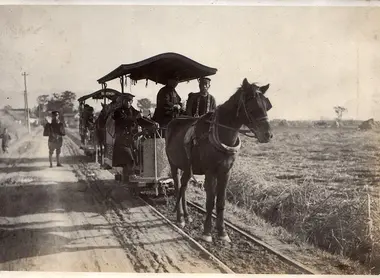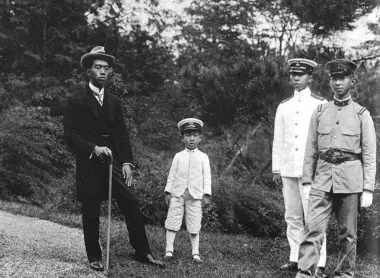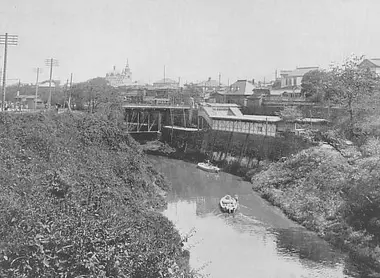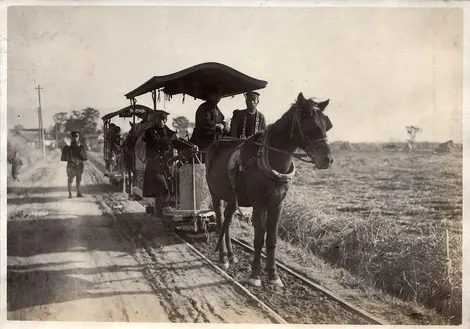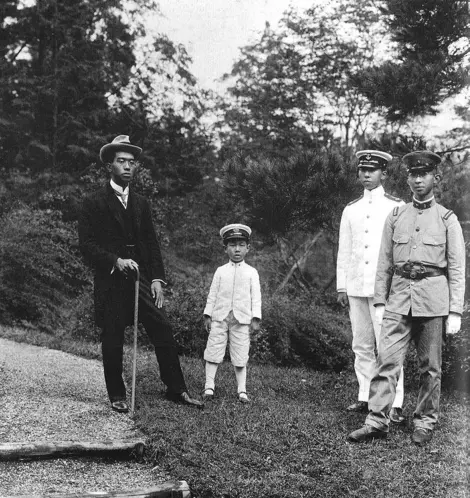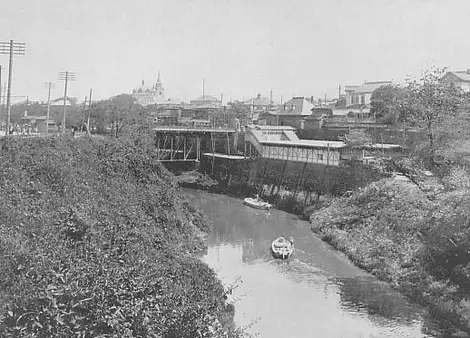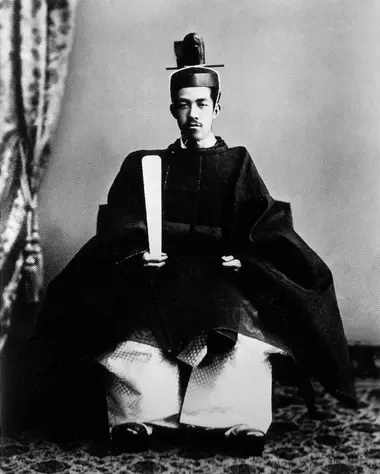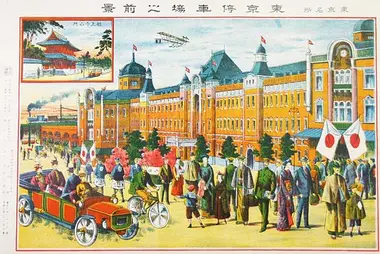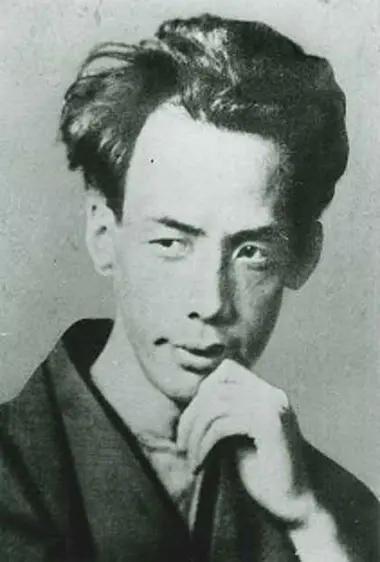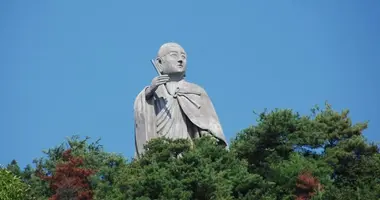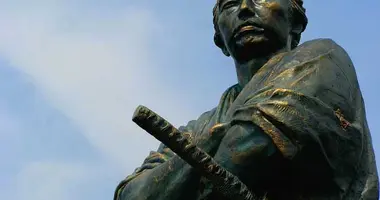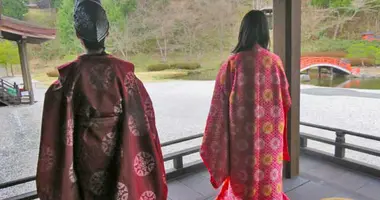The Taisho era (1912-1926) 大正時代
- Publicado el : 03/04/2019
- Por : S.R.
- Youtube
La deuxième modernisation du Japon
L'ère Taishô est moins connue en Occident que les deux ères qui l’ensèrent, l'ère de l'ouverture au monde Meiji et l'ère du militarisme et de la reconstruction d'après-guerre Shôwa. Elle a pourtant représenté la première tentative de démocratisation du Japon.
Japan outside the war
The Taisho era (1912 - 1926), meaning "great justice", begins with the accession of Emperor Yoshihito, the son of Emperor Meiji, barely two years before the first war. world war, in which Japan was only a marginal player.
This position allowed it to suffer only very small losses, while its economy, a debtor to the Western powers during the first decades of Meiji modernization, became a creditor, and benefited from the orders of the allies in equipment to diversify.
At the end of the war, Japan was one of the 5 great powers to obtain a permanent seat on the Council of the League of Nations.
The country sees the increase of its influence on Manchuria and Mongolia recognized, while the German possessions in the Pacific and the rights on Shandong are transferred to him.
An attempt at democratization
This new prominent role obtained by Japan during the Taisho era propelled Japan to a more prominent role in global politics.
Furthermore, the emperor, who suffered from meningitis, proved unfit to occupy the functions of a head of state.
The great advisers of the Emperor who had hitherto led the boat (the genro, or "deans") lost part of their power to the benefit of the Imperial Diet, where conservatives and liberals clashed over political tension.
Left-wing parties and civil society are also much more active, with fear of communism spreading more and more among elites. The "Taisho Democracy" reached its peak with the adoption in 1925 by the government of Kato Takaaki of a law establishing the universal right to vote for males over 15 years of age.
A more westernized culture
Japanese culture continues during the Taisho era to draw on the still very new breeding ground for its Western production.
It was the time of Ryunosuke Akutagawa, a major novelist of the time who would give his name to Japan's most important literary prize, who had graduated from Todai in English literature and was strongly influenced by French authors.
Junichiro Tanizaki, very marked by Allan Edgar Poe, Baudelaire, or Sade is another of these figures of the Taishô era.
The ukiyo-e knows a new life with the Shin Hanga, influenced by impressionism, and which integrates Western features in its productions such as the personal expression or the play of light.
The Sosaku Hanga pushes the Western influence even further with figures that are difficult to differentiate from those of Western arts.
